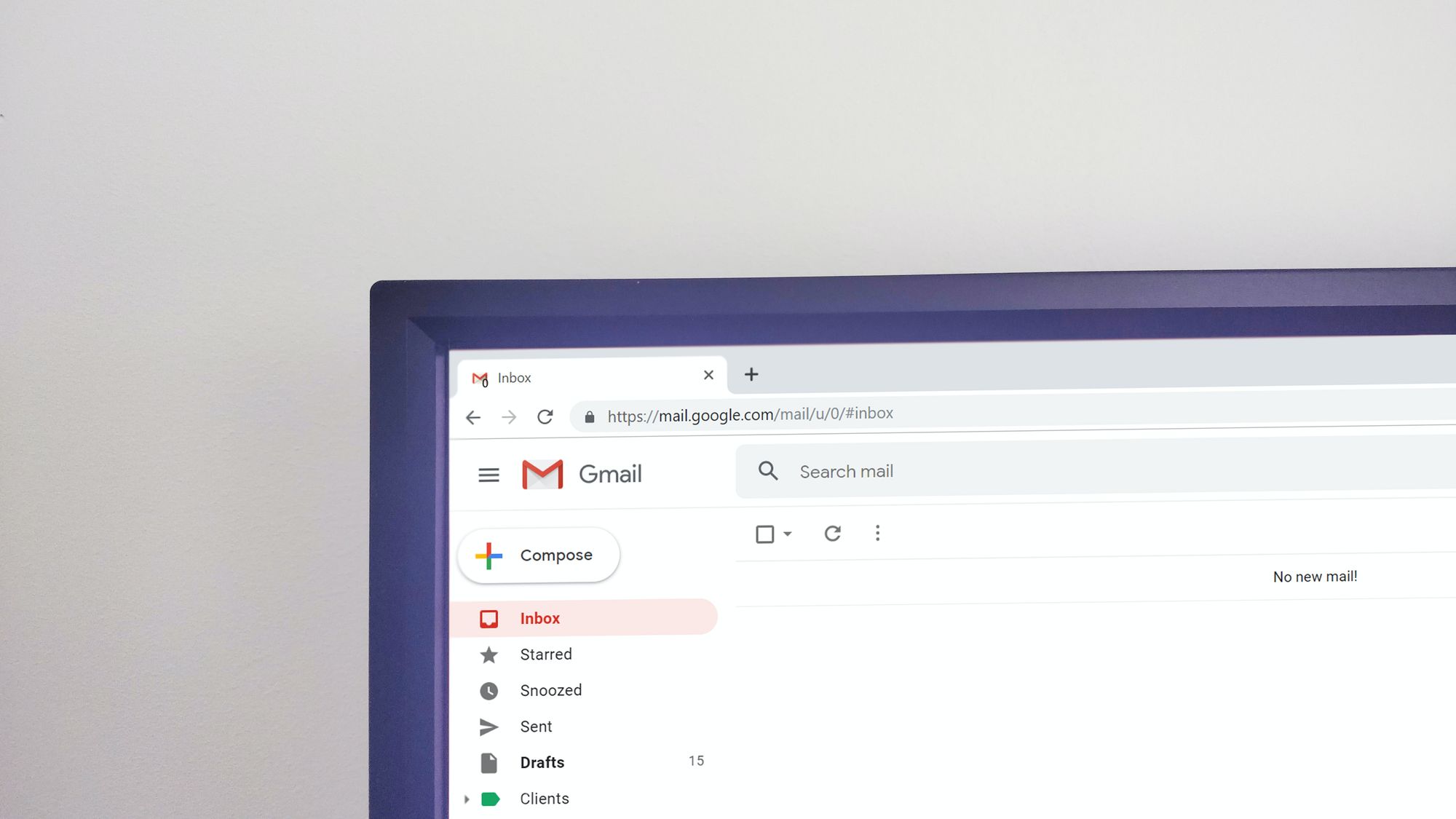Email deliverability status is a critical aspect of successful email marketing campaigns. In an age where digital communication is a cornerstone of business operations, understanding the factors that determine whether your emails reach recipients' inboxes or get lost in spam folders is essential. In this comprehensive guide, we'll delve into the intricacies of email deliverability status, covering everything from its fundamental concepts to advanced strategies for ensuring your messages land where they're supposed to.
The Essence of Email Deliverability Status
Email deliverability status essentially refers to whether the emails you send successfully reach your recipients' inboxes or are mistakenly flagged as spam. In today's world, where email remains a primary means of communication, ensuring the delivery of your messages has profound implications for business success. Every email you send undergoes a complex journey through various algorithms, filters, and authentication protocols that collectively determine its fate. From content quality to sender reputation, multiple factors contribute to your email's deliverability status.
The Anatomy of Deliverability
Email deliverability is a multifaceted process that hinges on several key components:
- Sender Authentication: Protocols like SPF, DKIM, and DMARC authenticate the sender's identity, reducing the likelihood of your emails being marked as spam.
- Reputation Management: Maintaining a positive sender reputation is crucial. A strong reputation fosters trust with Internet Service Providers (ISPs) and enhances your deliverability.
- Content Quality: Crafting relevant, engaging, and non-spammy content is essential to avoid triggering spam filters.
- Subscriber Engagement: High open rates, click-through rates, and low bounce rates indicate robust subscriber engagement, which in turn positively influences your deliverability.
Enhancing Deliverability: Best Practices

To achieve outstanding email deliverability status, consider implementing these proven strategies:
- Build a Quality Email List: Prioritize organic list growth and opt-in practices to ensure that your subscribers are genuinely interested and engaged.
- Authenticate Your Emails: Set up SPF, DKIM, and DMARC records to validate your sender identity and minimize the risk of phishing and spoofing.
- Monitor and Maintain Sender Reputation: Regularly assess your sender score and take corrective actions if needed to ensure a positive reputation.
- Create Compelling Content: Tailor your content to be personalized, relevant, and valuable, resonating with your audience's interests and needs.
- Segment and Target: Divide your email list into segments based on preferences and behaviors, allowing you to send targeted and personalized messages.
- Optimize for Mobile: Ensure your emails are responsive and visually appealing on various devices, catering to the diverse ways people access their emails.
- Test Before Sending: Conduct A/B testing to refine subject lines, content, and sending times, optimizing your emails for maximum engagement.

Understanding Email Deliverability Tools

Various tools are available to assess and enhance your email deliverability status:
- Email Service Providers (ESPs): Leading ESPs offer insights into delivery rates, bounces, and engagement metrics, aiding in your email optimization efforts.
- Blacklist Monitors: These tools notify you if your domain or IP address gets blacklisted, allowing you to take swift action to rectify the situation.
- Authentication Checkers: These tools verify the proper setup of SPF, DKIM, and DMARC records, ensuring your emails meet authentication requirements.
- Inbox Placement Services: Gain insights into how your emails are placed across different ISPs and devices, helping you adapt your strategies accordingly.
FAQs About Email Deliverability Status
- What is the primary goal of email deliverability?The main goal of email deliverability is to ensure that your emails reach your subscribers' inboxes, allowing your messages to be seen, read, and acted upon.
- How does sender reputation impact deliverability?Sender reputation is a crucial factor in email deliverability. ISPs use it to determine whether your emails are worthy of being delivered to inboxes or marked as spam.
- What are SPF, DKIM, and DMARC, and why are they important?SPF, DKIM, and DMARC are authentication protocols that help verify the legitimacy of the sender, reducing the chances of emails being forged or spoofed.
- How can I improve my sender reputation?Building a strong sender reputation involves sending high-quality content, minimizing bounces, and engaging subscribers consistently.
- Why do emails sometimes land in the spam folder even with good deliverability practices?While good practices enhance deliverability, occasional factors like content filters, user preferences, and ISP-specific rules can still lead to emails landing in spam folders.
Mastering Email Deliverability: Your Path to Inbox Success
Email deliverability status is the cornerstone of effective email marketing campaigns. By grasping its nuances, implementing best practices, and leveraging advanced tools, you can ensure your emails not only reach recipients but also engage them effectively. In a continuously evolving digital landscape, prioritizing deliverability equips you with the tools to cultivate lasting customer relationships and extract the full potential of your email campaigns.
Feel free to use this comprehensive article as a guide to creating a detailed and valuable resource on the topic of email deliverability status. Expand on each section with examples, case studies, and additional insights to make the article truly comprehensive and informative for your readers.

